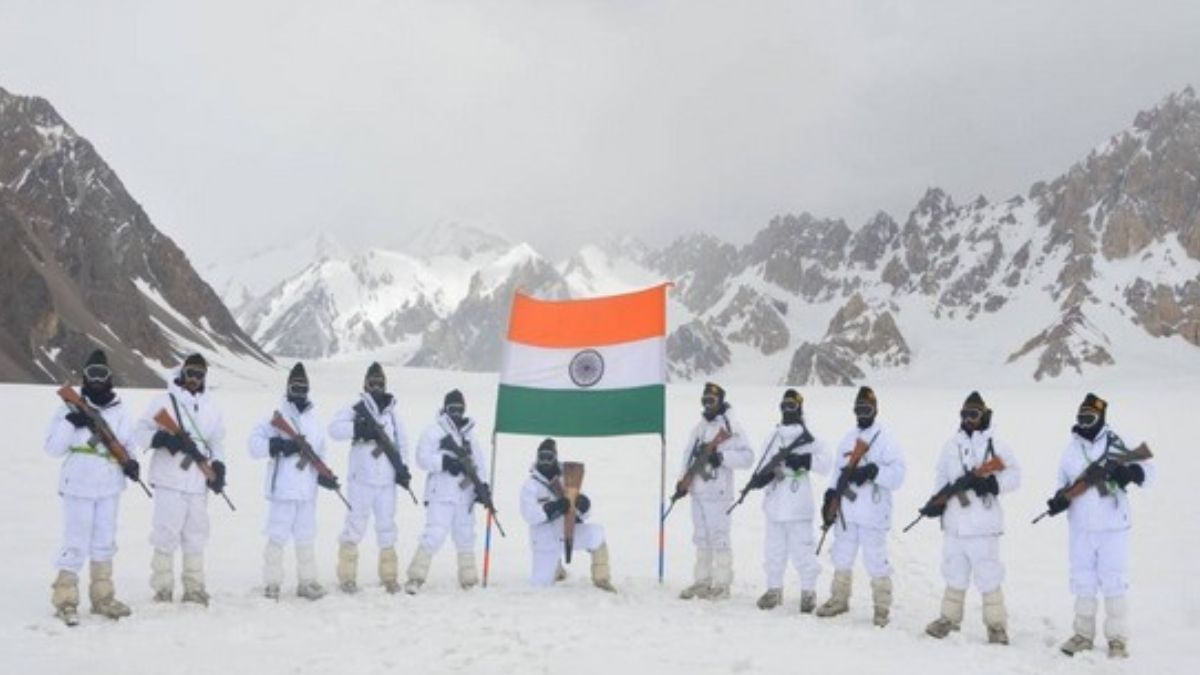Every year on April 13, Siachen Day is observed to honour the indomitable courage and unwavering resolve of Indian soldiers deployed in the Siachen Glacier, the world’s highest and most inhospitable battlefield. This day commemorates the launch of Operation Meghdoot in 1984, when the Indian Army successfully secured the glacier to prevent Pakistan’s attempts to capture key strategic locations. The operation not only established India’s control over the Siachen region but also showcased extraordinary synergy between the Indian Army and the Indian Air Force (IAF). As 2025 marks the 41st anniversary of this historic mission, the sacrifices and heroism of the Siachen Warriors continue to inspire generations of Indians.
Key Highlights
What is Siachen Day?
- Celebrated annually on April 13
- Commemorates the launch of Operation Meghdoot in 1984
- Pays tribute to the soldiers deployed at the Siachen Glacier
Significance of the Day
- Marks the Indian Army’s occupation of key passes—Bilafond La and Sia La
- Highlights India’s strategic control over Siachen Glacier
- Demonstrates the resolve of soldiers to serve in the most extreme conditions
Background of Operation Meghdoot
- Initiated to counter Pakistan’s cartographic aggression
- Intelligence inputs indicated Pakistan’s plan to capture strategic passes
- Indian Army launched a pre-emptive strike on April 13, 1984
Key Leaders of the Operation
- Lieutenant General Manohar Lal Chibber
- Lieutenant General P.N. Hoon
- Major General Shiv Sharma
Role of Indian Air Force (IAF)
- IAF began operations in the glacier as early as 1978
- Chetak helicopter was the first to land on the glacier in October 1978
- Played a crucial role in airlifting troops, supplies, and logistics
- Aircrafts used: An-12, An-32, IL-76, Mi-8, Mi-17, Chetak, Cheetah
Geopolitical Importance of Siachen
- Located at 20,000 feet in the Karakoram Range
Controls
- Shaksgam Valley (to the north)
- Routes from Gilgit Baltistan to Leh (west)
- Ancient Karakoram Pass (east)
- Borders Gilgit Baltistan, Shaksgam, and Ladakh
Strategic Outcome of Operation Meghdoot
- India gained full control over the entire Siachen Glacier
- Prevented Pakistani intrusion in uncharted territory beyond NJ9842
- Established a permanent Indian presence on the Frozen Frontier
Cultural & Emotional Resonance
Poem reflecting the Siachen spirit
- “Quartered in snow, Silent to remain,
When the clarion calls, They shall rise and march again” - Reflects the undying spirit and readiness of Siachen Warriors
Ongoing Vigilance
- Indian Army continues to guard the glacier under harsh conditions
- Soldiers brave sub-zero temperatures, avalanche risks, and isolation
| Summary/Static | Details |
| Why in the news? | Siachen Day: Honouring the Bravehearts of the World’s Highest Battlefield |
| Event | Siachen Day |
| Date | April 13 |
| Year of Operation | 1984 |
| Operation Name | Operation Meghdoot |
| Objective | Pre-empt Pakistani capture of Sia La and Bilafond La |
| Leaders Involved | Lt. Gen. Manohar Lal Chibber, Lt. Gen. P.N. Hoon, Maj. Gen. Shiv Sharma |
| Key Locations Secured | Sia La Pass, Bilafond La Pass |
| Indian Air Force Contribution | Airlifting troops and supplies, key aircraft: Chetak, Cheetah, An-32, Mi-17 |
| Strategic Importance | Controls Shaksgam Valley, access from Gilgit Baltistan, and Karakoram Pass |
| Poem Depiction | “Quartered in snow…” – reflects spirit of the Indian soldiers |
| Geographical Elevation | Approx. 20,000 feet in Karakoram Range |



 International Human Solidarity Day 2025:...
International Human Solidarity Day 2025:...
 Goa Liberation Day 2025: History, Signif...
Goa Liberation Day 2025: History, Signif...
 Important Days in December 2025, Nationa...
Important Days in December 2025, Nationa...







